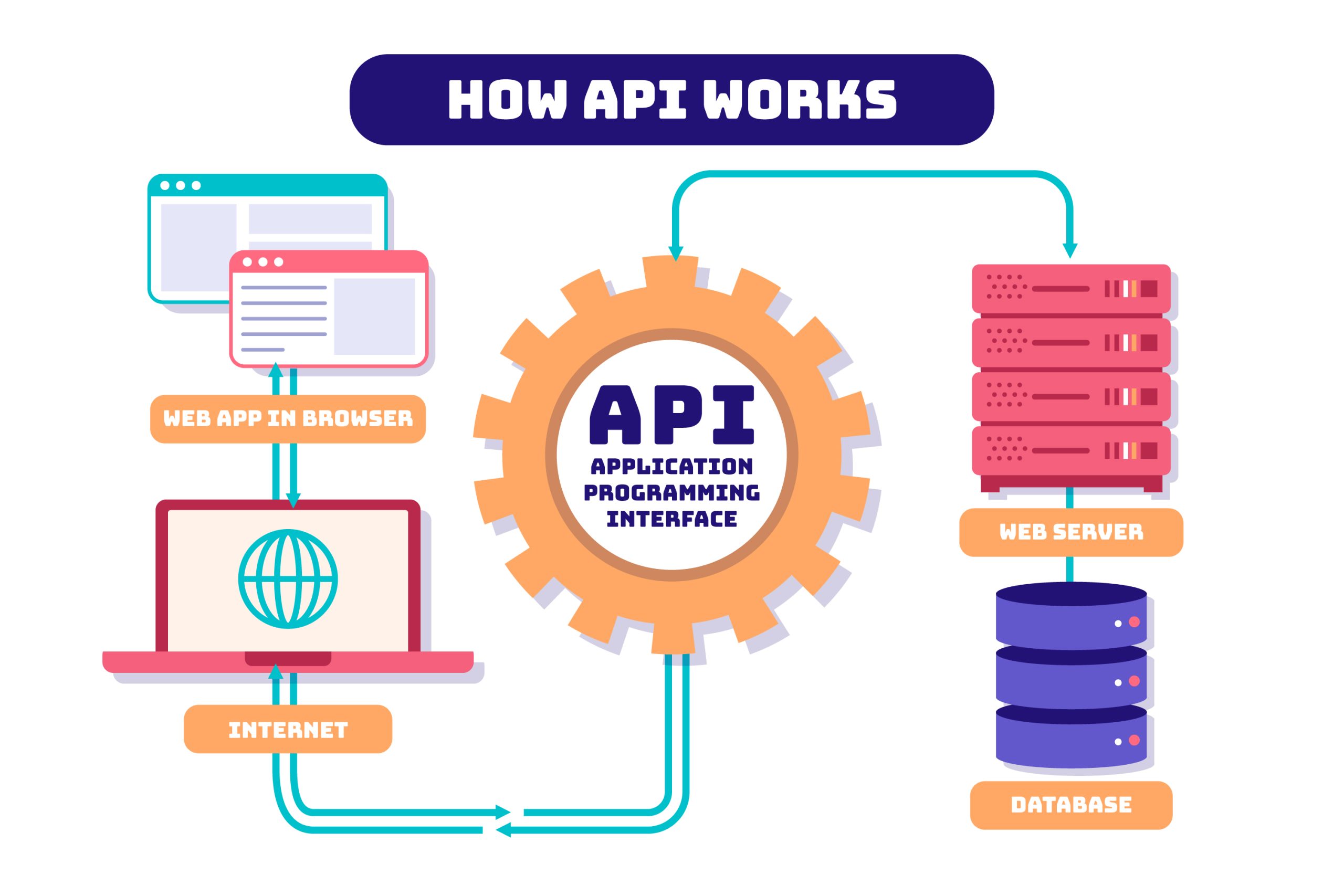Imagine a customer submitting an order on your e-commerce site, and a chatbot, powered by API integration, instantly updates your CRM, syncs inventory, and triggers a shipping confirmation, all without manual effort. In 2025, the global API integration platform market is valued at $4.3 billion, projected to reach $16.8 billion by 2032 with a 16.5% CAGR, per Dataintelo. API integration connects disparate systems, automates workflows, and saves time, enabling businesses to focus on growth. This blog post explores how API integration streamlines workflows, enhances efficiency, and leverages CMS platforms for seamless operations, with practical steps to implement it effectively.
Why API Integration Boosts Workflow Efficiency
API integration simplifies complex processes for businesses.
Eliminating Manual Tasks
APIs automate repetitive tasks like data entry, saving teams 80–100 hours weekly, per Improvado. For example, syncing customer data between a CRM and email platform reduces errors and frees staff for strategic work.
Enabling Real-Time Data Flow
APIs ensure instant data exchange across systems, per IBM. CMS platforms manage real-time updates, ensuring accurate data for decision-making in industries like retail or logistics.
Key Benefits of API Integration
APIs deliver measurable time and cost savings.
Enhanced Automation
APIs automate workflows like order processing, reducing manual intervention by 30%, per Gartner. CMS platforms host API-driven interfaces, streamlining tasks like customer query resolution.
Improved Data Accuracy
By eliminating manual data transfers, APIs reduce errors, ensuring consistent data across systems, per Jitterbit. CMS platforms centralize data management, enhancing reliability for analytics.
Scalability for Growth
API integration platforms like Zapier scale with business needs, accommodating new systems without custom coding. CMS platforms support scalable API deployments, ensuring flexibility.
Applications Across Business Sectors
APIs streamline workflows in diverse industries.
E-commerce and Retail
APIs connect e-commerce platforms with inventory and payment systems, cutting order processing time by 40%, per Metrobi. CMS-driven sites host API interfaces for seamless customer experiences.
Financial Services
APIs link banking systems with CRMs, enabling real-time account updates, as seen in RHB Bank’s use of Azure OpenAI Service. CMS platforms ensure secure data handling for compliance.
Healthcare and Logistics
Healthcare APIs sync patient data with scheduling systems, ensuring HIPAA compliance. Logistics APIs improve delivery tracking, per Ivoyant. CMS platforms manage real-time data updates.
Steps to Implement API Integration
Strategic planning ensures successful API adoption.
- Identify Automation Needs: Pinpoint repetitive tasks like customer data updates or inventory syncing. CMS analytics help identify high-impact areas for API integration.
- Choose the Right Platform: Select tools like Celigo or Apigee, offering pre-built connectors for CRMs and CMS platforms, reducing setup time, per Eluminous Technologies.
- Integrate with Existing Systems: Use APIs to connect CRMs, ERPs, or CMS platforms for seamless data flow. CMS systems with secure APIs ensure compliance and efficiency.
- Test and Monitor: Deploy APIs in phases, testing on CMS-driven websites or apps. CMS dashboards track performance, ensuring smooth operations, per ClickUp.
Role of CMS Platforms in API Integration
CMS platforms enhance API-driven workflows.
Rapid Deployment
CMS systems enable no-code API integration, allowing businesses to launch workflows in hours, per ApiX-Drive. This speeds up customer support and operational processes.
Secure Data Management
With 83% of enterprises using APIs for ROI, per Jitterbit, CMS platforms with encryption ensure GDPR and CCPA compliance, safeguarding customer data during integration.
Emerging API Trends in 2025
APIs evolve with cutting-edge technologies.
AI-Driven Automation
AI-enhanced APIs, like those in Azure Logic Apps, automate complex workflows, boosting productivity by 20%, per Microsoft. CMS platforms support AI-driven data syncing.
Low-Code/No-Code Solutions
Low-code platforms like Kissflow enable non-technical users to build API integrations, reducing development time by 50%, per Whatfix. CMS systems amplify this accessibility.
Overcoming API Integration Challenges
Address barriers to maximize API benefits.
Complexity and Expertise
Complex APIs require technical skills. Platforms like Tray.io offer low-code solutions, and CMS tools simplify deployment for non-technical users, per Bugbug.io.
Security and Compliance
APIs are entry points for breaches. CMS platforms with OAuth 2.0 and regular audits ensure secure data flow, maintaining compliance, per Gobta.com.
Conclusion
In 2025, API integration transforms business workflows, with a $4.3 billion market driving efficiency. By automating tasks, ensuring real-time data flow, and scaling operations, APIs save time and reduce costs. CMS platforms streamline deployment and secure data, enabling businesses to deliver seamless customer experiences. By adopting API integration and embracing trends like AI-driven automation, businesses can optimize workflows, enhance productivity, and stay competitive in a digital-first world.

